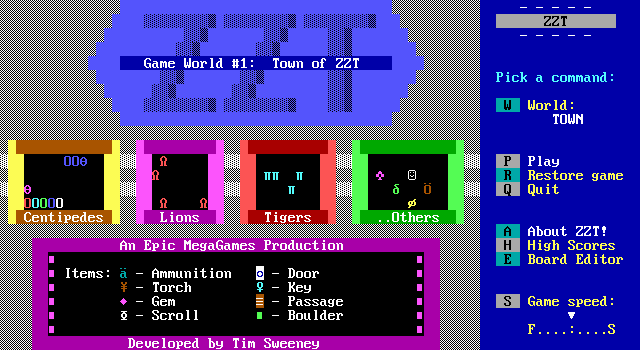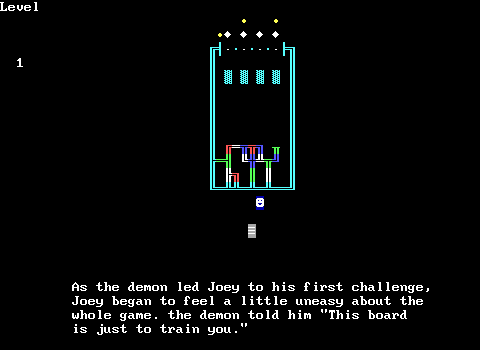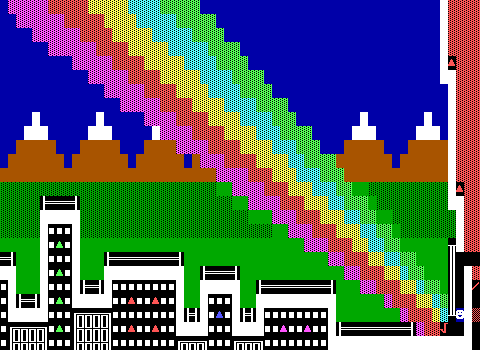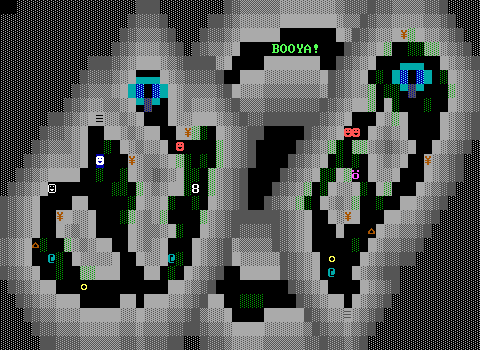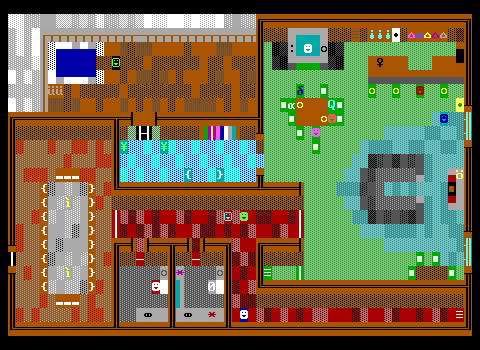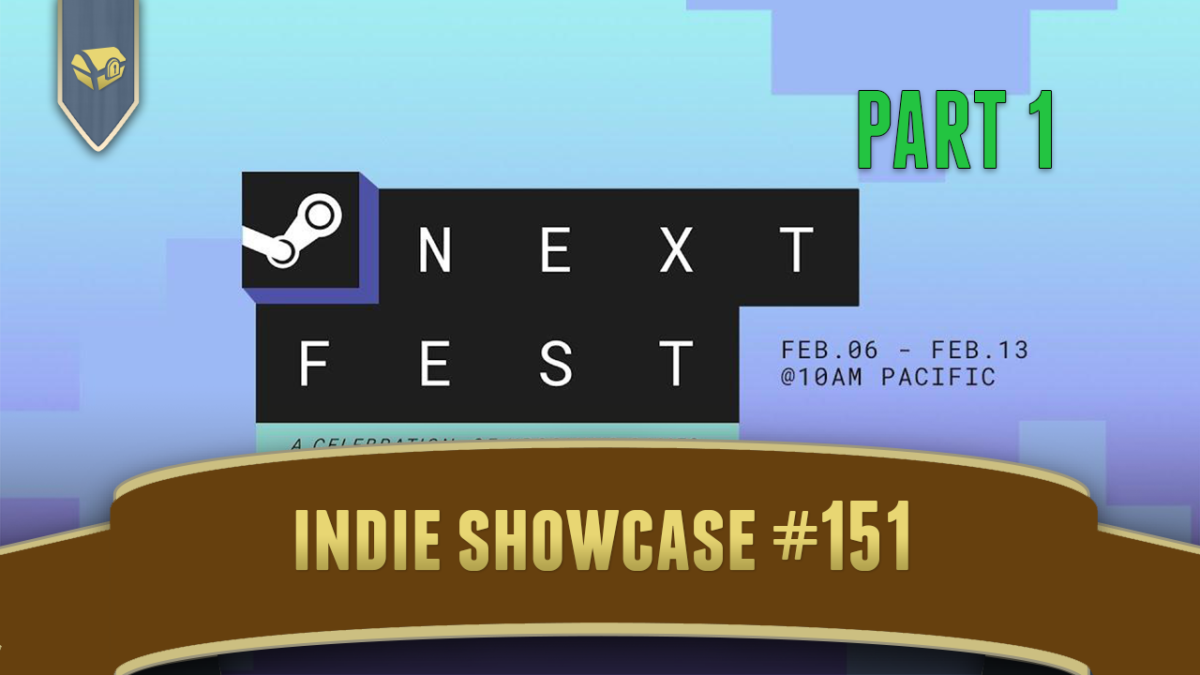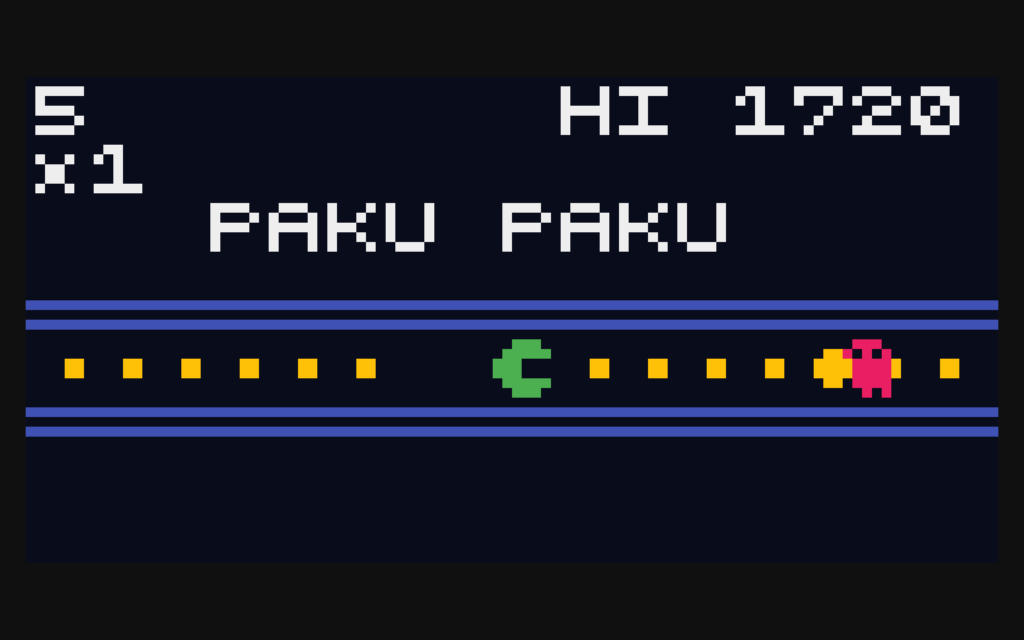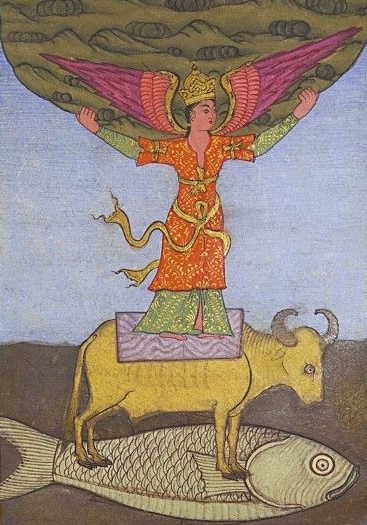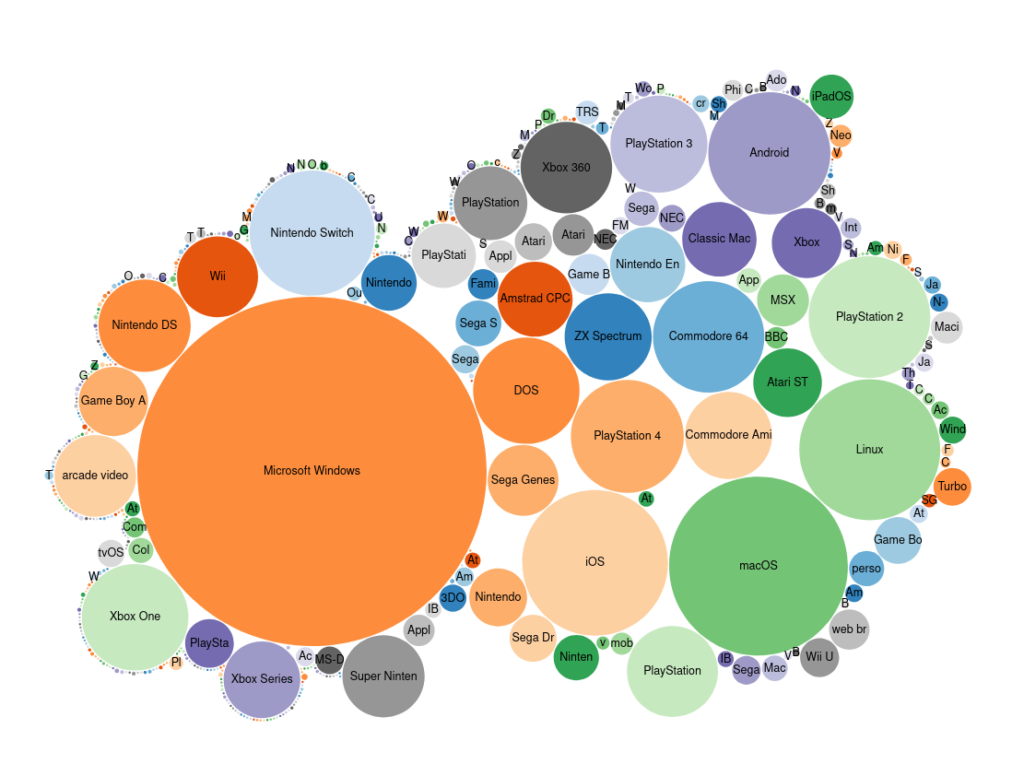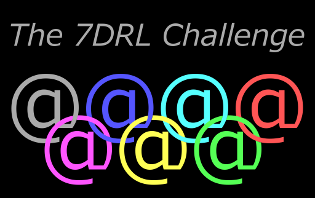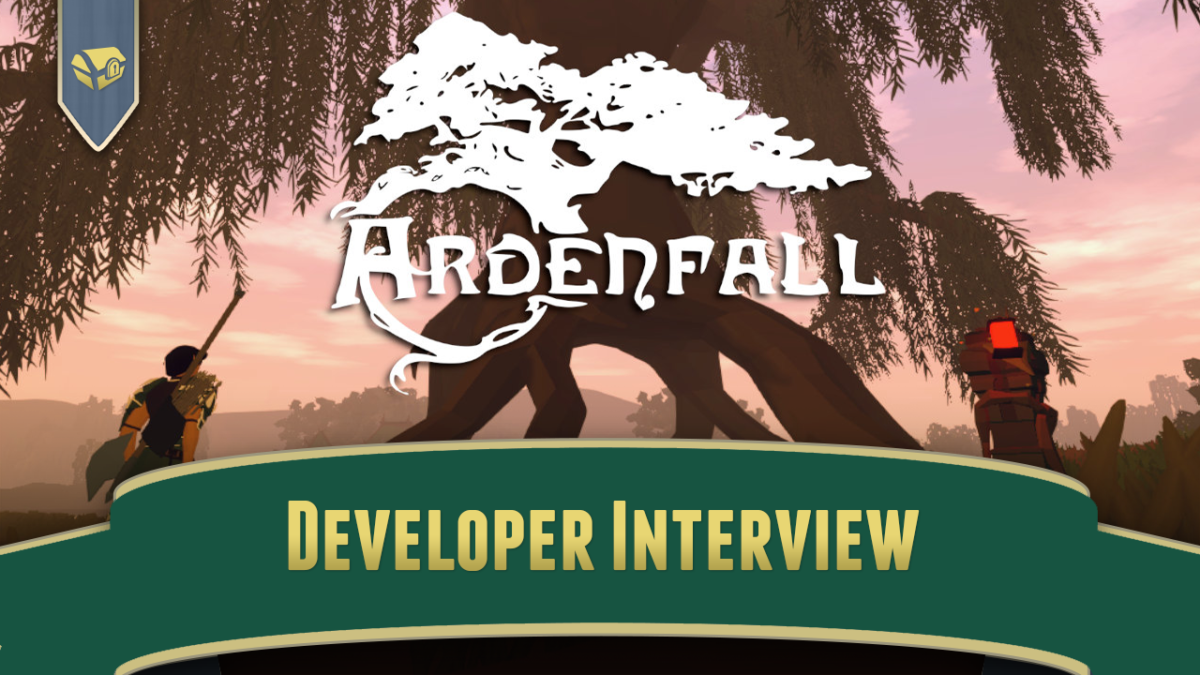The Commodore 64 was not Commodore’s first home computer. It wasn’t even the VIC-20. Their first machines were the line of the PET, or “Personal Electronic Transactor,” as labored an acronym as any.
The PET was a decent machine, with integrated monochome monitor and a heavy metal case. Although it had no color, no sprites, only a basic speaker for sound and no synth, it had a number of things in common with the later C64, particularly the 6502 processor that lay at the core of half of the personal computers sold at the time.
There was something else, something fairly major, that the PET lacked: customizable graphics. No hi-res mode, and no programmable character sets. The graphics were encoded on a ROM that wasn’t even mapped to the CPU’s address space. The letter ‘A’ would forever look like a letter ‘A’. It couldn’t be changed to anything else, even a slightly different ‘A’. This greatly limited what PETs could display, and basically doomed it as a gaming computer.
Commodore tried to compensate for this feature by including “PETSCII,” a set of custom characters included in the upper 128 characters of its ROM intended for makeshift graphics. PETSCII would survive throughout the rest of the Commodore 8-bit line, even featuring on machines that had programmable graphics: the VIC-20, C64 and C128 all had it included too. (The Twitter account PETSCIIBOTS (now inactive) shows off its many graphical characters in making robots.)
On the later machines PETSCII graphic characters were a fun nicety. On the PET, they were all you had, all you would ever have. This is exactly the kind of limitation that demo authors love circumventing where they can, and taking advantage of when they can’t. Hence: Back To The PET, a demo, complete somehow with chiptunes, that runs on Commodore’s ancient machine:
Every character cell of every frame of this video is one of the PET’s 256 ROM-based characters. It had no hardware scrolling, so effects are all faked or done 8 characters at a time. Yet it’s still pretty slick! The PET had quite a better selection of graphics characters than even IBM’s code page 437, including lines of single pixel differences in thickness and horizontal and vertical position. Image what the ASCII artists of the 90s could have done with this selection! Luxurious!

